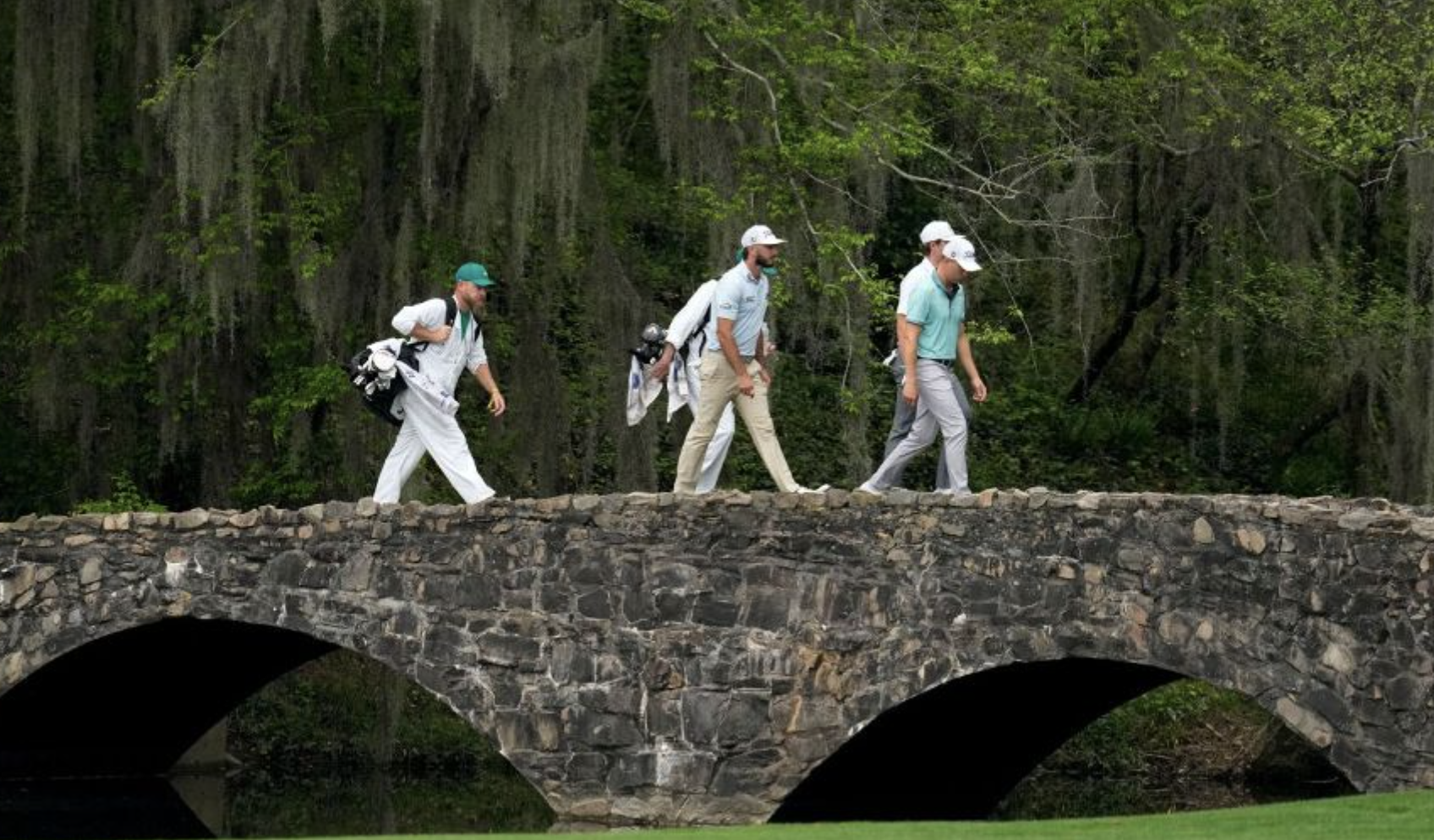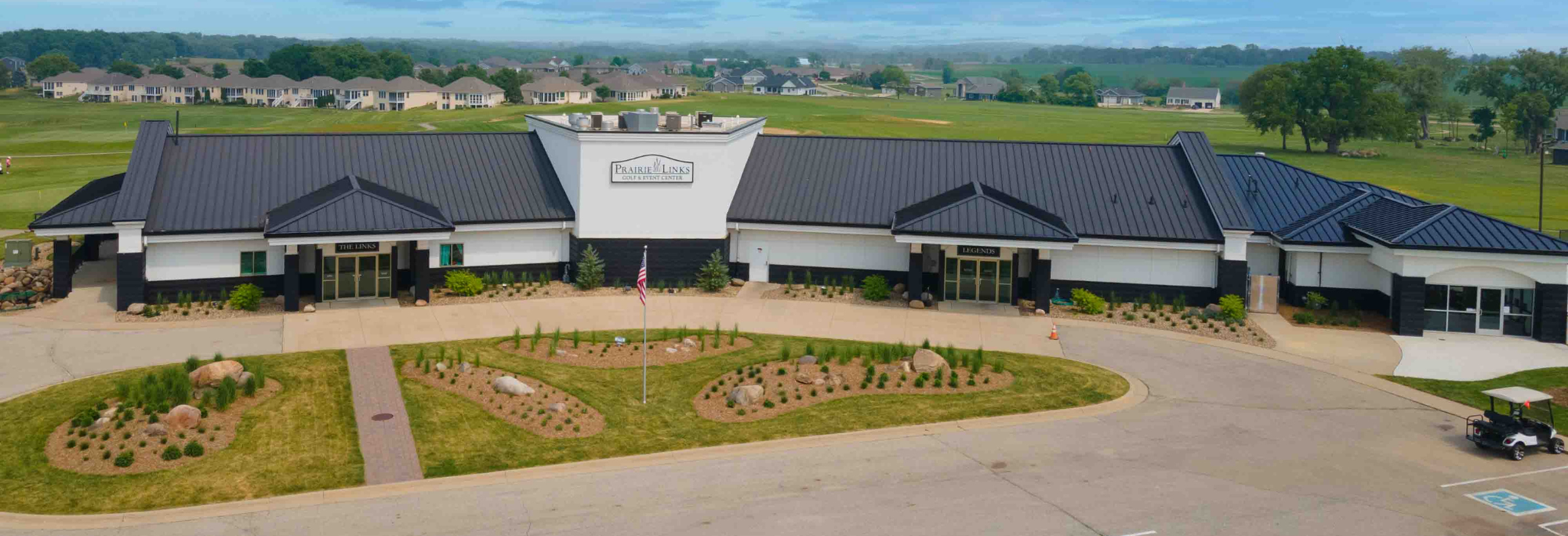

How 13 Players Are Approaching A Whole New 13th Hole At The Masters
Kevin Kisner knows he has to lay up. On Monday, after playing the new-look par-5 13th hole, and watching Dustin Johnson project a drive that was long enough to put a midiron in his hand for the second shot into the azalea-framed green, Kisner admitted as much.
"You got to hit a perfect drive to have a chance now. I'm not ever going to hit it where DJ did," said Kisner, one of the shortest hitters on the PGA Tour who is at Augusta National this week. "But if I can hit a perfect one, I still have a difficult 3- or 4-iron off the sidehill lie, whereas I used to be able to get 6 or 5. It just helped the bombers more."
If there was ever any need for confirmation, Wednesday morning brought it. After taking what is now a small hike from the 12th green up to the 13th tee and retreating into the tree tunnel that now frames the 35-yard extension, Kisner hit "a perfect one" and had a decision to make.
His ball, as he predicted, was on a sidehill lie on the right side of the fairway. His playing partner, Gary Woodland, stood about 35 yards ahead as they both waited. Tony Finau and Jon Rahm in the group ahead took their time practicing different putts around the green. Both had hit long enough drives to have comfortable mid-to-long irons for their second shots. Kisner -- the ball well above his feet -- pulled a long iron and went for it, but the ball never covered Rae's Creek, bouncing short of it before tumbling down into the water.
The lengthening of Augusta's 13th hole this year has led to much chatter about not just the hole itself but the ongoing distance discussion as the USGA proposes a ball bifurcation that could control how far professionals hit the ball. But beyond the nature of the game's ever-growing distance explosion as players get stronger and faster, the decision to lengthen the 13th hole has a simple goal in mind: Put the best players in a position to have to make a decision.
Source: ESPN.com
His ball, as he predicted, was on a sidehill lie on the right side of the fairway. His playing partner, Gary Woodland, stood about 35 yards ahead as they both waited. Tony Finau and Jon Rahm in the group ahead took their time practicing different putts around the green. Both had hit long enough drives to have comfortable mid-to-long irons for their second shots. Kisner -- the ball well above his feet -- pulled a long iron and went for it, but the ball never covered Rae's Creek, bouncing short of it before tumbling down into the water.
The lengthening of Augusta's 13th hole this year has led to much chatter about not just the hole itself but the ongoing distance discussion as the USGA proposes a ball bifurcation that could control how far professionals hit the ball. But beyond the nature of the game's ever-growing distance explosion as players get stronger and faster, the decision to lengthen the 13th hole has a simple goal in mind: Put the best players in a position to have to make a decision.
Source: ESPN.com

